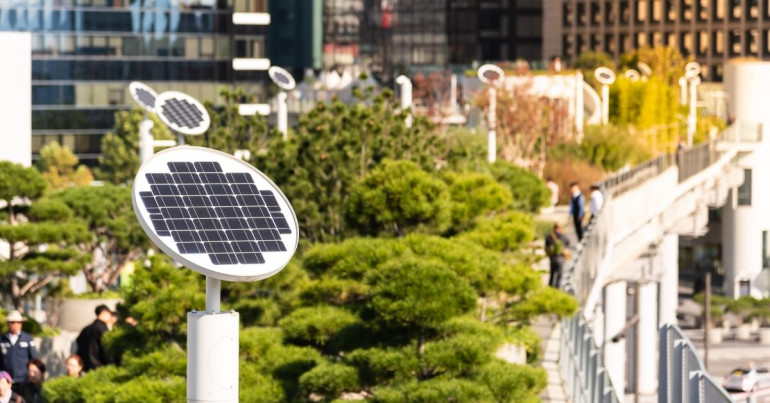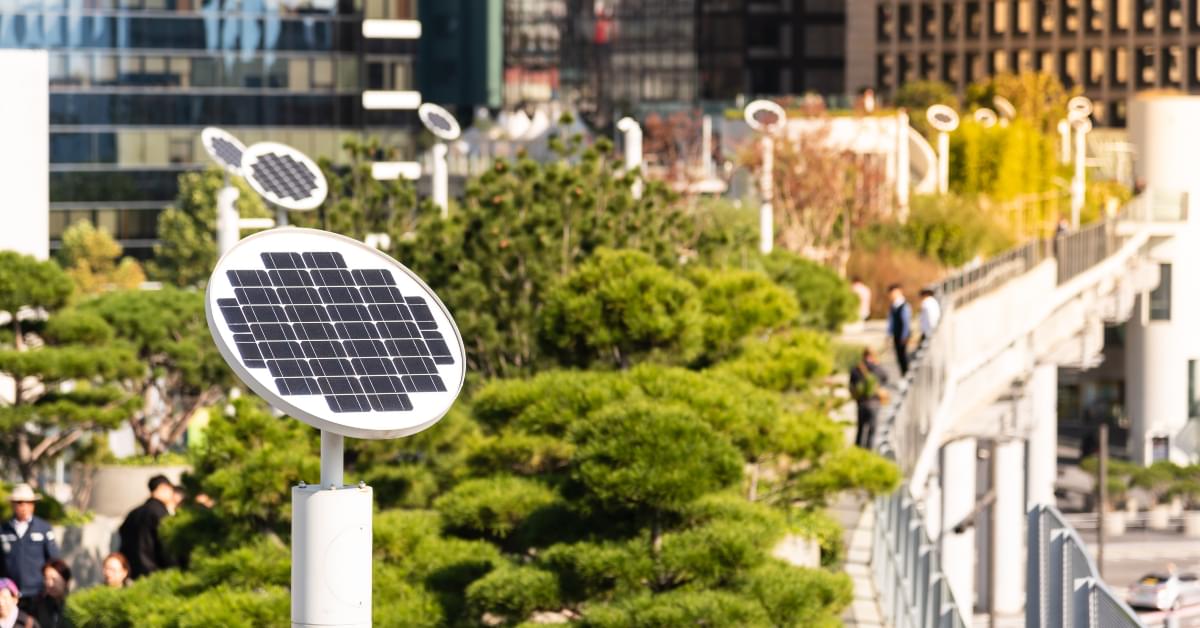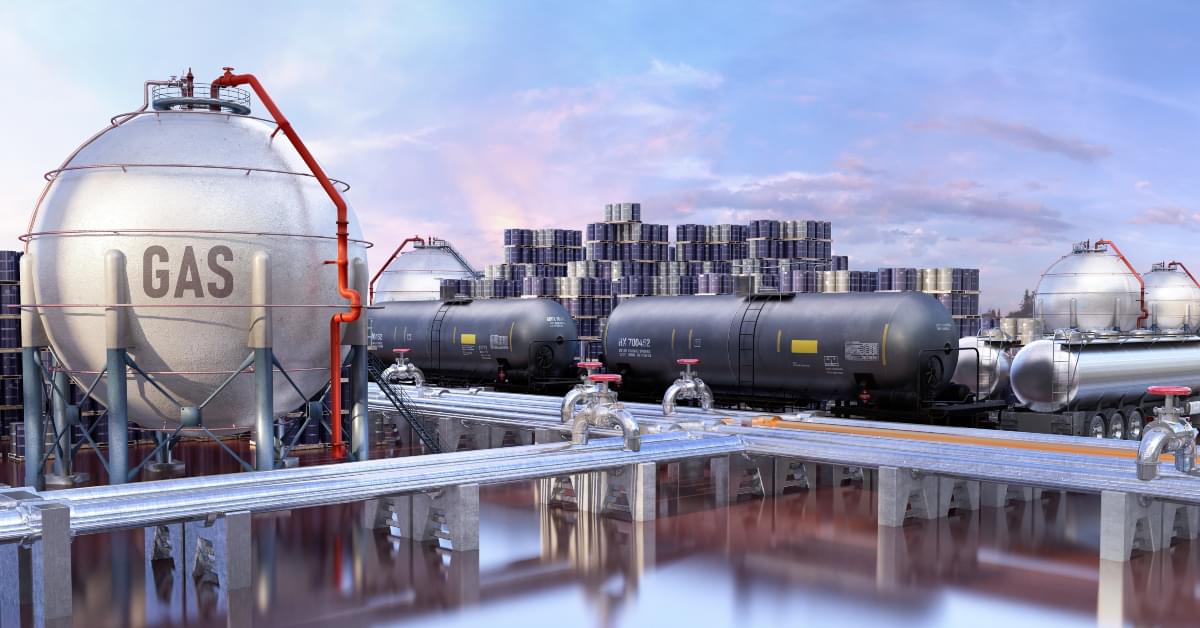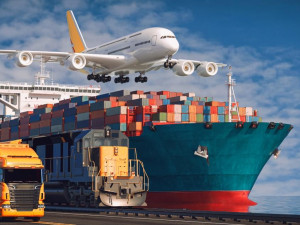
As the war in Ukraine continues to rage, skyrocketing fuel prices and resulting supply shortages have created a cost-of-living crisis affecting hundreds of millions of people.
The conflict in Ukraine has shown that the EU remains dependent on fossil fuel imports despite the many green energy initiatives started to help tackle climate change.
Green energy is poised to change the scene, however. New businesses worldwide have leapt at the opportunity to fill the gap in energy demand caused by slow government response to the crisis. New technologies are making it harder for governments to justify continued support for the fossil fuel industry. Can green energy soon make fossil fuels obsolete?

How can green energy offer a solution to the current energy crisis?
Even before Russia invaded Ukraine, only a handful of countries were making meaningful progress towards combating climate change through the implementation and development of renewable energy sources.
Global CO2 emissions reached an all-time high in 2021, while investment in clean energy technologies has remained far below the necessary levels needed to reduce carbon emissions efficiently. Thankfully, this has done little to dissuade research into renewable energy. Researchers have continued to innovate and devise new strategies that do not rely on state support and large amounts of capital. This has arguably been a boon to the sector, which must create cheaper, more effective products that the average house-owner may purchase and install, rather than only services which cater to large corporations and state entities.
The cost of solar energy is currently just $0.01 per kilowatt hour. The allure of cheap electricity has prompted many homeowners in the UK to install rooftop solar panels. Due to the high initial cost of installing solar panels, however, this alternative remains beyond the means of most households in the UK, US and EU. This seems unwise, considering that of the 3 plans proposed by the UK energy sector to reduce carbon emissions, 2 require a tenfold increase in rooftop solar panels installed by 2050. Not only does this reduce the ability of the economy to shield itself from similar supply shocks in the future, but it also risks further widening the economic disparity between low and high-income households.
How can ‘green startups’ help meet energy goals?
‘Green startups’ that aim to help combat climate change with the introduction of innovative, proprietary technology have emerged in growing numbers in the past decade. In many cases, state governments have been eager to support their endeavours through direct investment or other means of support. Moreover, the advent of the ‘green startup’ and new startups, in general, have set the stage to accomplish what large energy providers have been slow or hesitant to do.
Germany, for example, has helped local energy startup Enpal accrue more than €700 million in funding. Meanwhile, Madrid-based Rated Power has partnered with the local government to help make solar farms more efficient using software. Alight, an energy startup based in Sweden, has designed solar panels simple enough that untrained local contractors can install them. This has allowing the company to expand quickly across the country.
Wind power is another favourite. The estimated global capacity for wind power currently sits at 743 gigawatts (roughly enough to power 67 large cities). This sits just behind the estimated global solar power capacity at 773 gigawatts. Here again, startups have emerged to capitalise on the tardiness of large energy providers.
New World Wind has designed a microturbine capable of being fitted to almost any surface. While small, in large numbers, they can begin to rival the output of larger, traditional wind turbines. Importantly, because of their diminutive size, these turbines can harness very low levels of wind energy that wouldn’t be able to power large turbines. Competitor, Kitekraft, has adopted a different strategy. They propose to use massive (but lightweight) flying platforms to harness the extreme levels of kinetic wind energy at high altitudes. These platforms can be easily relocated to avoid inclement weather or pulled down for quick repairs.
Why does green energy continue to struggle against fossil fuels?
Renewable energy sources have thus far proven to be a source of innovation and economic growth. So why has green energy not outstripped the need for traditional fossil fuels?
The simple answer is that energy markets aren’t designed to facilitate the use of cheap renewables. Heat waves and cold temperatures cause spikes in energy demand that most renewable energy sources cannot deal with. Generating electricity is cheap, but storing it is expensive. Fossil fuel plants can change their output to meet demand. Furthermore, because most renewable energy sources aren’t 100% reliable (no solar power without sun), even if they provide 100% of a country’s energy needs, fossil fuels will still be required to ‘fill the gaps.’
Analysts, programmers, engineers and scientists have teamed up to try to tackle this issue. But so far, there seem few alternatives other than to continue to prop up the fossil fuel industry. Coal and gas plants won’t run unless energy costs are high enough to cover operation costs. Therefore they set the price of electricity, much to the detriment of households who have to pay inflated prices and green energy providers who cannot deliver the most vaunted feature of their services – cheap energy.

What can we learn from the 1970’s gas shortage?
The current energy crisis isn’t the first time the world has been held hostage by major energy exporters. 1973 proved a rude awakening to western economic powers who realised, possibly for the first time, that their prosperity depended on foreign powers’ resources.
The Yom Kippur War was a brief, but explosive, war between Egypt, Syria, several other Arab countries and Israel. Only the intervention of the US and Soviet Union brought about a swift cease-fire. Disappointed with the outcome, Arab oil-producing nations retaliated against the western nations, which had supported their Israeli enemies by enacting an oil embargo.
The effect was immediate. Within weeks the average price of oil in the US had quadrupled. Several European nations were also vulnerable. For example, Italy depended on hydrocarbons to produce 60% of the nation’s electricity.
The embargo was short-lived, but the message was clear – western nations needed to find alternatives to fossil fuels.
A decade of unprecedented scientific development in renewable energy sources followed and a renewed impetus on hydroelectric power. New facilities were built, including many that remain impressive even by modern standards. Nuclear power, too, saw a renewed interest, which resulted in the creation of several new nuclear power plants until the Chernobyl disaster put the nuclear initiative on the back foot.
The energy crisis of 2022 has many similarities to the oil shortage of 1973. High geopolitical tensions have led to regional conflict with widespread ramifications. Many nations still rely heavily on fossil fuels, allowing major exporters to use their oil reserves to apply international pressure.
The primary difference between these two scenarios is clear evidence of climate change and a common understanding that the diversification of energy sources cannot be postponed.
Energy conservation as a viable alternative
New studies have shown that countries can wean much of their fossil fuel dependency without the need for new energy infrastructure by implementing stringent conservation measures. Governments can cut carbon emissions by a significant amount should they address several key areas of energy consumption. This will reduce the likelihood that future energy shortages will be as destructive as the current crisis. Here are some ways governments might lower energy usage:
- Reduce energy consumed by refurbishing homes to be more energy efficient:
Households consume 26% of all power consumed in the EU. Building better homes and refitting older buildings with better insulation could create millions of new jobs, help countries meet their climate action goals and drastically reduce their carbon footprint.
- Reduce the energy cost of cooling homes:
Air conditioning is the main driver of electricity consumption in many hot countries. Homeowners can insulate buildings to reduce heat indoors. In addition, countries may demand landlords refit their air conditioning units with newer, more energy-efficient models.
- Reduce demand for transport:
The Pandemic prompted a rapid move out of the office and into new home offices. This had an immediate impact on carbon emissions and oil consumption. Long-term plans to help reduce fossil fuel dependency might include greater public transport infrastructure. Still, a good short-term solution would be to demand that all businesses allow staff to work from home permanently and reduce the environmental cost of business travel.
While renewables and green energy development have accelerated, current measures are still insufficient. The efficient use of current energy sources could make an excellent ‘stop gap’ measure. This might help offset some of the more immediate effects on businesses and households across the world.

How can businesses protect themselves from the energy crisis?
It’s still unclear how the energy crisis will develop in the coming months and years. The ramifications of Russia’s belligerent actions may be felt for years to come.
Protect yourself and your business from uncertainty by signing up with CurrencyTransfer today.
Our online payment platform can help you quickly transfer money without the added cost of extra fees and hidden charges.
Contact us to talk with our currency experts. We can help you devise a robust financial plan to help future-proof your organisation against uncertain economic conditions.
Matthew Swaile
Copywriter
Florence Couëdel
Editor



